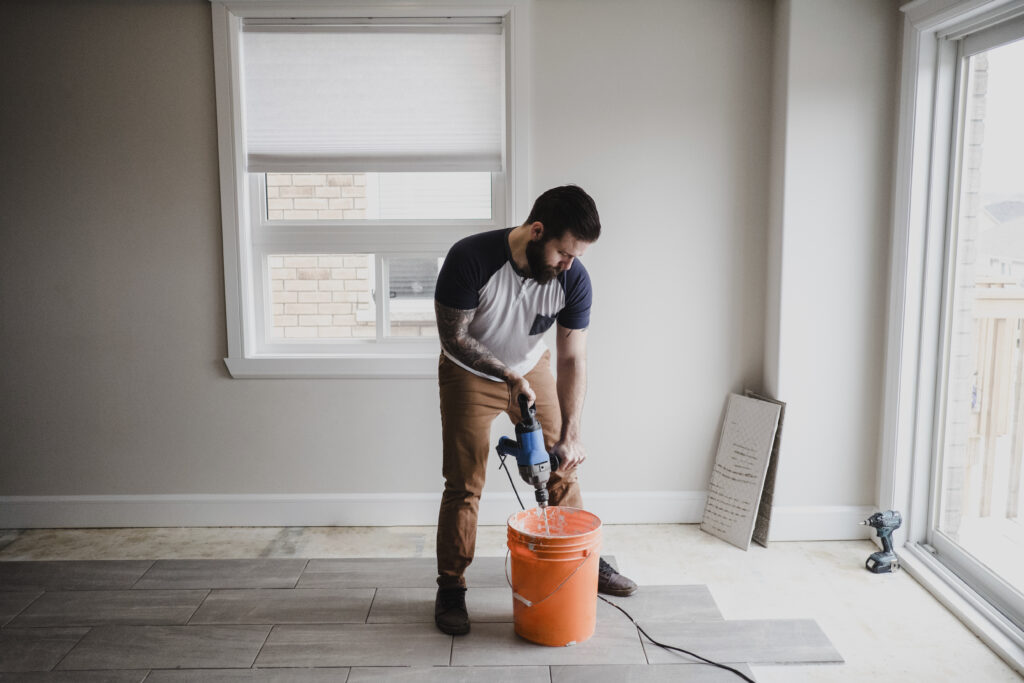Investing in real estate through the fix and flip strategy can be highly lucrative, but the success of such ventures largely depends on selecting the right properties. Fix it and flip it loans are specifically designed to finance these types of projects, but identifying the best property types is crucial for maximizing returns. Here’s what to look for when choosing properties for fix and flip projects.
Distressed Properties
Why They’re Ideal: Distressed properties, including foreclosures, short sales, and properties in disrepair, are often sold below market value. This lower purchase price can provide a greater margin for profit after renovations.
What to Look For:
- Extent of Distress: Ensure that the property’s issues are mostly cosmetic rather than structural. Cosmetic problems like outdated fixtures, old paint, and worn flooring are less expensive to fix than foundation issues or roof replacements.
- Market Potential: Assess the potential for appreciation after renovation. A property in a distressed but improving neighborhood can offer significant profit potential.
Foreclosures and REOs (Real Estate Owned Properties)
Why They’re Ideal: Foreclosures and REOs are properties that lenders repossess when the previous owner defaults on the mortgage. These properties are typically sold at auctions or through real estate agents at discounted prices.
What to Look For:
- Auction Properties: Properties sold at auction can often be bought at significant discounts. However, ensure you have a thorough inspection beforehand as auctions usually sell properties “as-is.”
- Bank-Owned Properties: REOs are often listed on the open market by banks. They may offer more security than auction purchases because banks often clear the property of liens and unpaid taxes.
Properties in Desirable Locations
Why They’re Ideal: Location is a critical factor in real estate. Properties in desirable locations are likely to sell quickly and at higher prices once renovated.
What to Look For:
- Neighborhood Quality: Look for properties in neighborhoods with good schools, low crime rates, and strong local amenities.
- Market Trends: Choose areas with rising property values and high demand. An up-and-coming neighborhood with planned developments can offer excellent growth potential.
Properties with Good Bones
Why They’re Ideal: Properties with solid structural integrity but outdated aesthetics are perfect candidates for fixing and flipping. These homes require less investment in major repairs, allowing more budget for cosmetic upgrades that can significantly increase value.
What to Look For:
- Foundation and Structure: Ensure the foundation is solid, and the structure is sound. Major structural repairs can be costly and time-consuming.
- Layout and Size: Properties with a functional layout and adequate size are easier to update. Avoid awkward floor plans that require extensive reconfiguration.
Under-Market Value Properties
Why They’re Ideal: Properties listed below market value due to seller motivation, estate sales, or other unique circumstances can offer significant profit margins.
What to Look For:
- Seller Motivation: Understand why the property is under market value. Motivated sellers, such as those needing a quick sale due to financial distress or relocation, are often willing to negotiate lower prices.
- Comparative Market Analysis (CMA): Perform a CMA to ensure the property is genuinely under market value. This analysis will help you gauge the potential resale value post-renovation.
Properties with Expansion Potential
Why They’re Ideal: Properties that offer the potential for expansion, such as unfinished basements or large lots suitable for additions, can significantly increase in value after renovation.
What to Look For:
- Basements and Attics: Unfinished basements and attics can be converted into additional living spaces, adding significant value.
- Large Lots: Properties on large lots may allow for additions, such as extra rooms or garages, increasing the property’s overall appeal and market value.
Conclusion
Choosing the right property is crucial for the success of a fix and flip project. Ideal properties for fix it and flip it loans are often distressed, located in desirable areas, structurally sound, under market value, or have expansion potential. By carefully evaluating these factors, real estate investors can maximize their returns and minimize risks, ensuring a successful and profitable venture.
